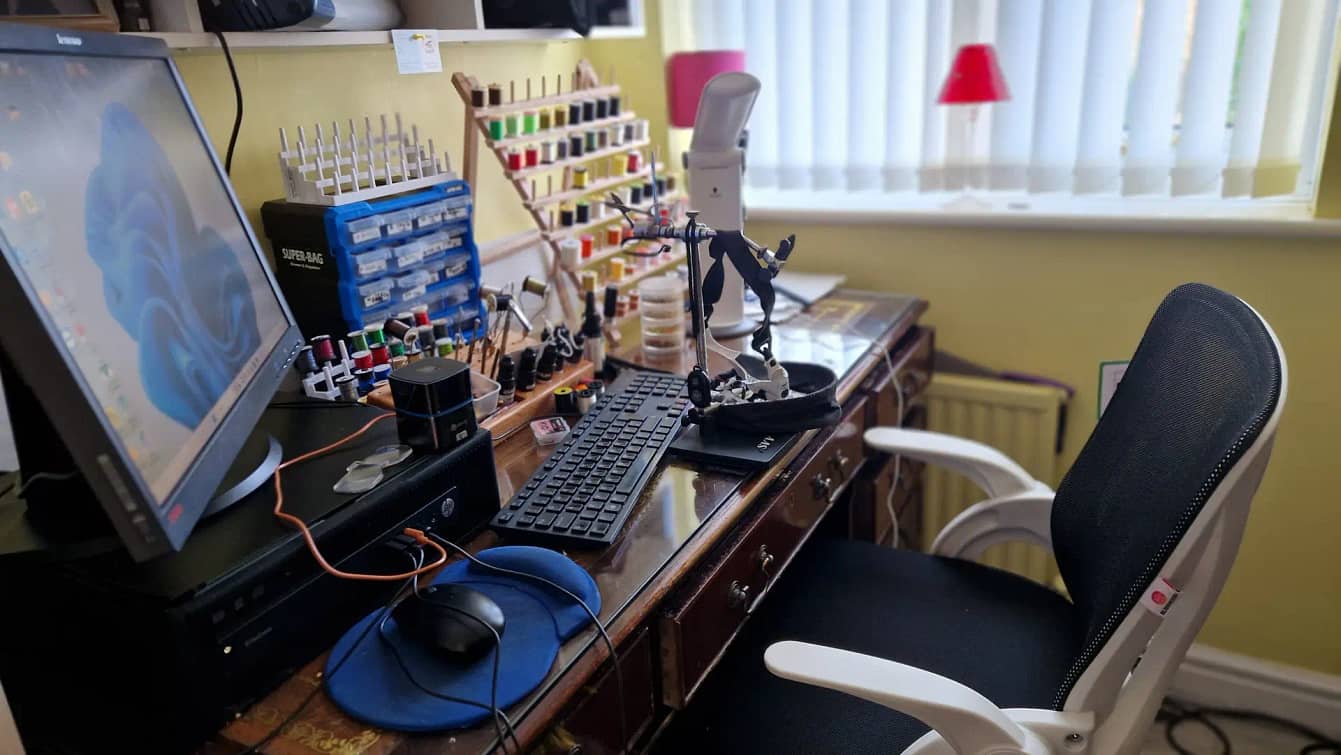Red Arsed Daddy or any colour you like.
🪰 The Red Arsed Daddy: A Clumsy Icon with a Purpose
There’s something beautifully chaotic about the Daddy Long Legs. It’s not elegant. It doesn’t glide. It stumbles, flutters, and inevitably crashes onto the water’s surface like a drunk uncle at a wedding. And yet, for rainbow trout, it’s irresistible.
The Red Arsed Daddy Long Legs pattern takes this ungainly charm and adds a bold twist—a flash of red at the rear that screams “eat me” to cruising trout. It’s a late-summer staple, especially on stillwaters when crane flies are tumbling from the banks and meadows into the drink. But beyond its fish-catching prowess, this fly opens the door to a deeper conversation about conservation and ethical angling.
🌿 Why It Works—and Why It Matters
• Natural Mimicry: The Daddy Long Legs (or crane fly) is a real-world insect that trout encounter regularly. By imitating actual prey, we reduce the need for synthetic attractors that can encourage indiscriminate takes.
• Surface Drama: Trout often strike Daddies with aggression, sometimes trying to drown them before committing. This behavior gives anglers a visual cue and a chance to time their strike more ethically—reducing foul-hooking and stress on the fish.
Selective Fishing: The Red Arsed Daddy’s visibility allows for targeted casting. You’re not blind fishing—you’re observing, presenting, and engaging with the environment.
♻️ Conservation in Practice Using realistic patterns like the Red Arsed Daddy encourages anglers to tune into seasonal cycles. Crane flies emerge in late summer and early autumn, often blown onto the water by wind. Fishing this hatch means you’re aligning with nature’s rhythm—not forcing a bite with unnatural flash or bulk.
And here’s the kicker: when you fish with intention, you fish with care. You’re more likely to practice catch-and-release properly, handle fish gently, and respect the ecosystem that supports them.
